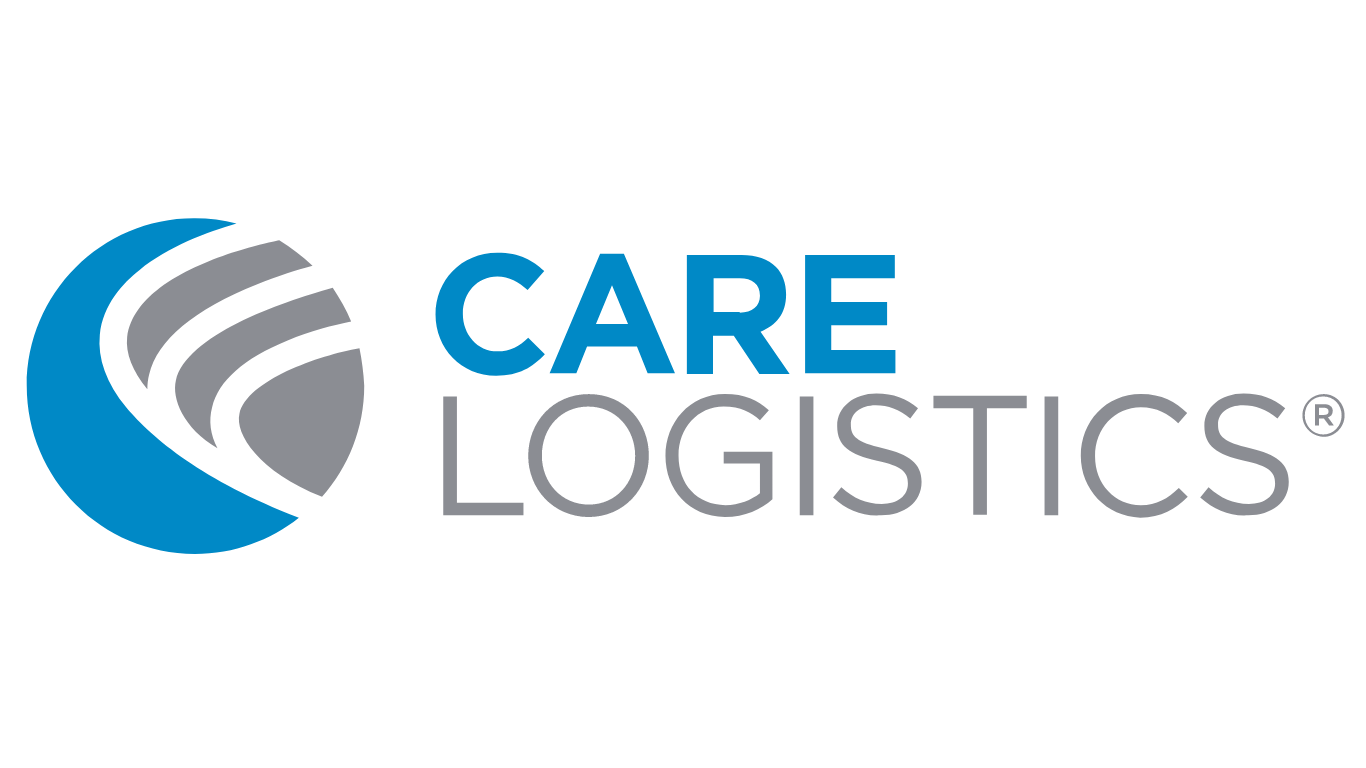Don’t You Forget About Me: The Importance of Historical Data for Achieving Your Organization's Strategic Goals
In healthcare operations, the buzz often revolves around real-time insights and predictive analytics. But amidst this technological fervor, there's a silent hero that often goes unnoticed: historical data. To truly conquer the timeline of your hospital's journey, you need a trifecta of data types – historical, real-time, and predictive. Only by harnessing all three can you paint a comprehensive picture, enabling informed strategic decisions.
The Significance of Historical Intelligence
Historical intelligence is more than just looking back; it's about understanding the past to shape the future. Yet, in the whirlwind of healthcare operations, it's all too easy to overlook the value of historical data. However, doing so means squandering a treasure trove of insights that could drive performance improvement. Therefore, it's crucial to integrate historical insights into your decision-making processes.
Integrating Historical, Real-Time, and Predictive Intelligence
Achieving synergy among data streams is key to maximizing their benefits. By uniting historical, real-time, and predictive data on a single platform, such as our digital overlay, CareEdge™, hospitals can enhance operational efficiency and effectiveness. It's not about acquiring more data; it's about leveraging the right tools to utilize existing data effectively. CareEdge™ empowers organizations to extract actionable insights from their existing IT investments, bridging the gap between past, present, and future-oriented data.
Breaking the Cycle: The Pitfalls of Neglecting Historical Data
Neglecting historical data leads to myopic data strategies, perpetuating past mistakes. Technology can help you identify recurring issues. CareEdge™ helps organizations break these cycles by using historical insights to identify recurring issues and trends, paving the way for better planning and decision-making. By embracing historical data, hospitals can achieve sustainable progress and drive operational excellence.
The Relationship Between Historical Data and AI Models
Historical data forms the foundation of predictive analytics, enhancing the accuracy and reliability of AI and machine learning algorithms. By feeding historical insights into predictive models, hospitals can anticipate future trends and make proactive decisions to optimize patient care and resource allocation.
The allure of AI and ML solutions is undeniable, promising unparalleled insights and efficiency gains. However, it's crucial to recognize that while these technologies may succeed in forecasting and mitigating future issues, they often overlook the foundational value of historical data. While AI and ML models can help steer you away from potential pitfalls, they risk perpetuating a cycle of recurring challenges if the underlying causes remain unaddressed.
True progress lies not only in anticipating problems but also in understanding their origins and systematically improving processes. Historical data serves as a beacon, guiding us to the root causes of inefficiencies and enabling sustained enhancements. Therefore, in our pursuit of innovation, we mustn't overlook the invaluable lessons embedded in the past, leveraging them alongside advanced technologies to forge a path of comprehensive improvement in healthcare delivery.
Looking to the Past to Shape the Future
Charting progress through historical lenses provides invaluable context for evaluating growth and improvement initiatives. By leveraging historical insights, hospitals can track their trajectory over time and catalyze growth through strategic decision-making. Historical data serves as a compass, guiding organizations towards operational excellence and a brighter future in healthcare operations.
While real-time and predictive analytics are evolving and increasing in demand, historical intelligence remains a catalyst for operational excellence. By embracing the past, hospitals can shape a brighter future, driving sustainable progress and operational efficiency. Let historical data complete the full picture of your operations and propel you toward achieving strategic goals and delivering exceptional patient care.



